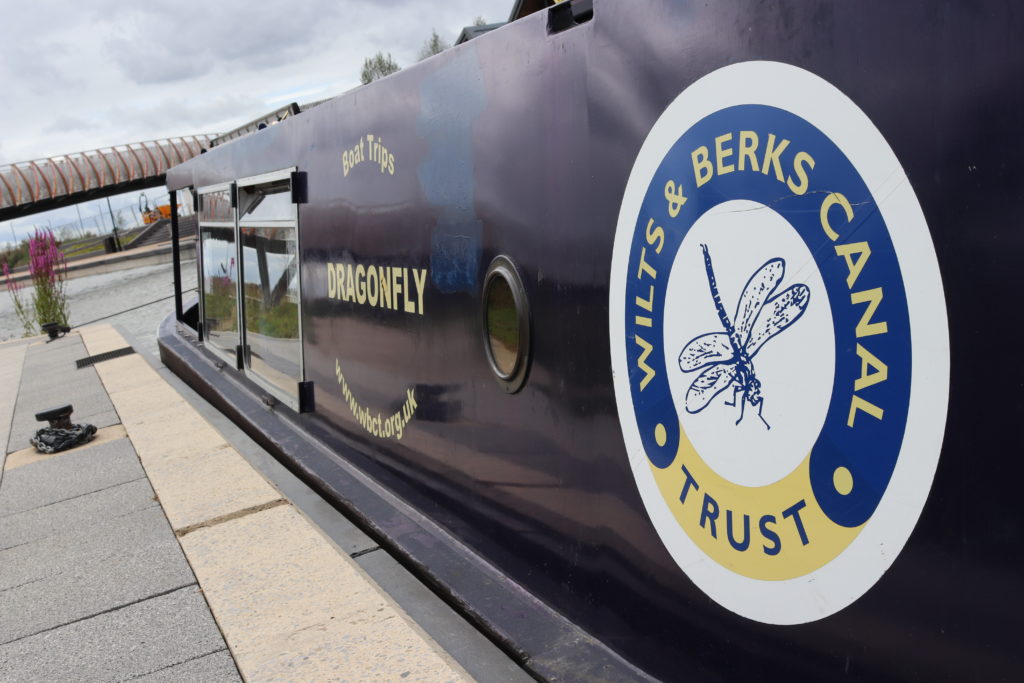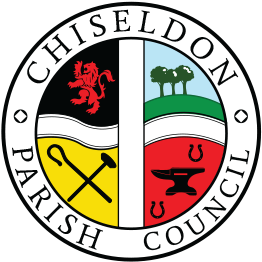A section of the Wilts & Berks Canal has been restored thanks to an investment from Swindon Borough Council.
The Council contributed around £2.5m to improving the 500m stretch of canal, which includes the building of a new towpath, the creation of new ecological habitats and the installation of new lighting along the bankside.
The newly restored section of the canal runs from Wichelstowe to Kingshill and the Wilts & Berks Canal Trust are now offering members of the public narrowboat rides along the scenic route.
The restoration has been necessary to enable both housing and commercial development to be delivered along the canal banks.
Councillor David Renard, Leader of Swindon Borough Council, said: “It’s wonderful to see this section of the canal restored. It’s a particularly beautiful stretch of water that cuts right through the heart of Wichelstowe and we are delighted to have been able to invest in the restoration.
“There are a great many idyllic spots in Swindon and this newly restored section of the Wilts & Berks Canal is among the most charming.”
Cllr Renard and others took a short trip along the canal in the Dragonfly narrowboat earlier this week to see the progress that has been made.
The Wichelstowe to Kingshill section of the canal has taken two years to be restored and since the start of the year rainfall has been slowly filling it up.
Rod Hacker, Chairman of the Swindon Branch of the Wilts & Berks Canal Trust, said: “The Wilts & Berks Canal Trust is really delighted to see the canal and towpath fully open again at Canalside.
“Our narrowboat Dragonfly is again able to set out on trips from the landing stage built by the trust in 2015 and we expect to see many more people walking the smart new towpath. The project is a great example of how to use a waterway to focus and enliven a new development area.”
Boat trips, run by the Wilts & Berks Canal Trust, are normally available on a Saturday and Sunday from April to September. They start from the Waitrose landing stage and take about 50 minutes. They cost £6 for adults and £3 for children.
Swindon was only a village when the canal first opened in 1810, and the canal played a significant role in enabling the town to become an industrial powerhouse when the railway works came along.
